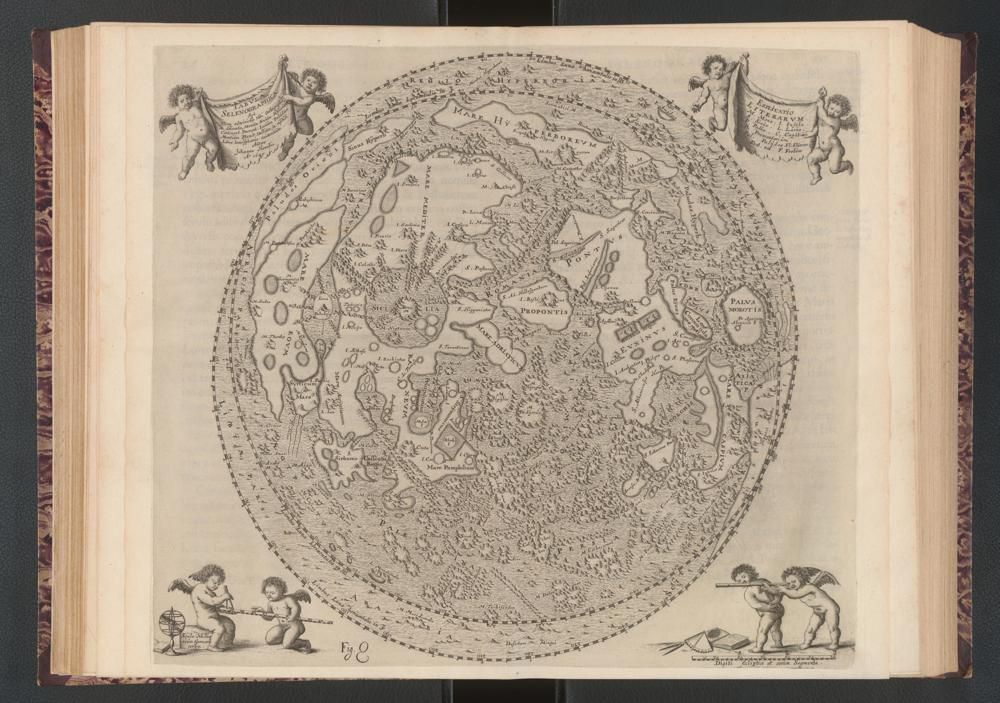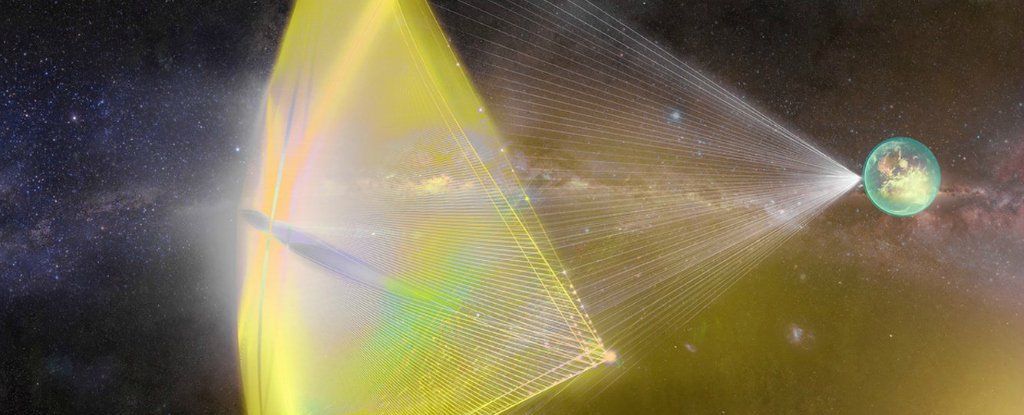Frequently reported advances in artificial intelligence make some people curious, and others nervous. While some people picture their next smart appliance purchase being an AI robot, others wonder if an AI robot will take their job. The truth is, neither of those scenarios will be a reality anytime soon.
There’s a misunderstanding about artificial intelligence (AI), and it’s a big deal. True AI doesn’t exist yet, and it’s not a likely near future, either. Despite analysis of science fiction movies and scientific reports that claim otherwise.
People get excited when new breakthroughs in machine learning are publicized, like the CNBC interview with a robot named Sophia. Sophia’s ability to answer the interviewer’s questions and stay on point is jaw-dropping for many. The truth is, Sophia isn’t any closer to true AI than the last robot. She’s programmed to provide better responses, and her lifelike appearance makes her impressive, but even Sophia isn’t demonstrating true AI. She’s not autonomous, and can’t make her own decisions.








